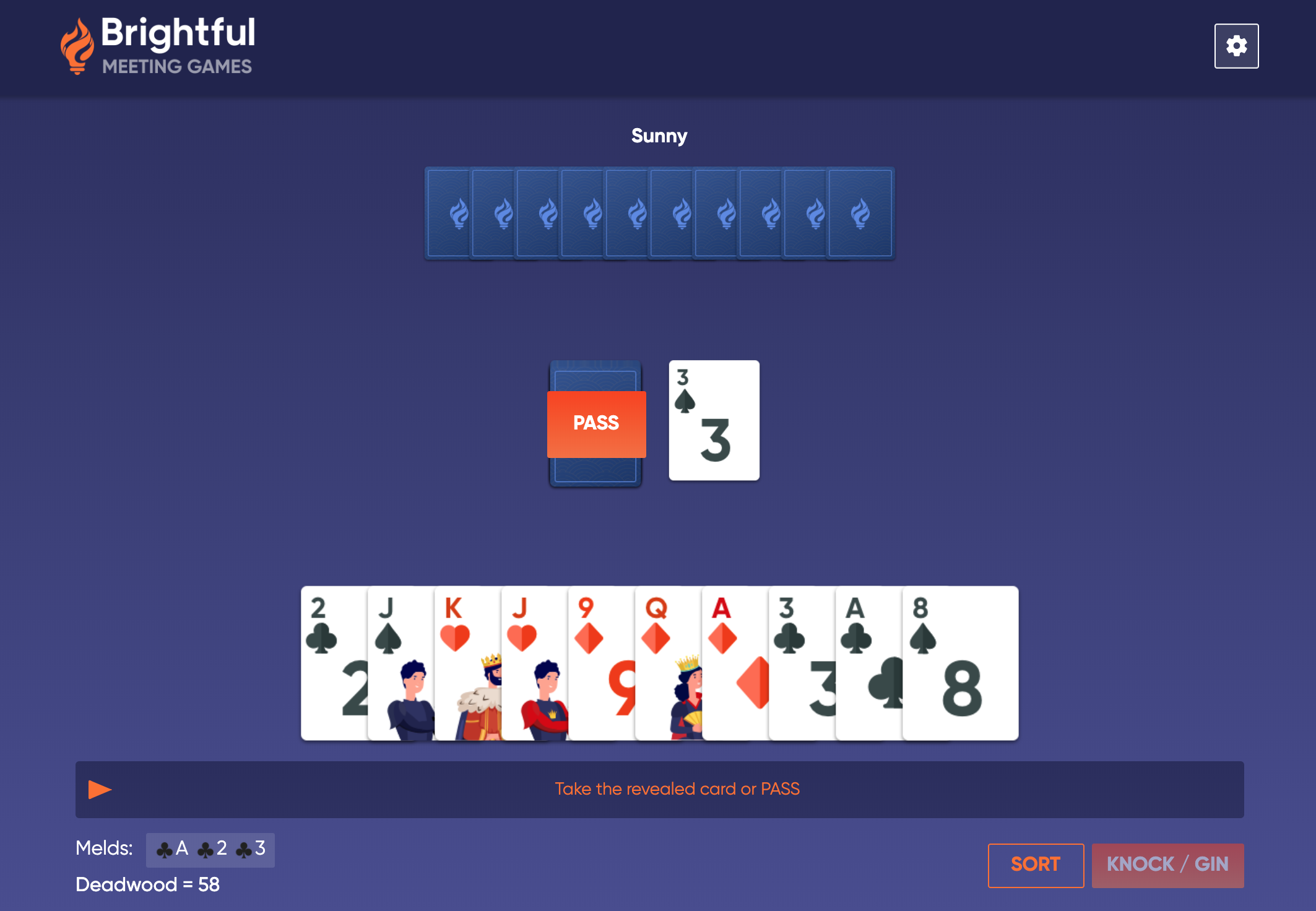

A candidate tie is when the program detects a possible win for both players, which are normally at different final drawn card positions, but very rarely will be the same. Normally there is only $1$ candidate win per winning hand as can be seen by only $769$ candidate ties. My simulation program works by first shuffling the entire $52$ card deck and then searching the entire deck for candidate wins for each player, then simply selecting the candidate win with the lowest drawn card position. For example, if we get something like $234567223344$ Where are the mathematical attempts at solving the probabilities of this card game? How about even some partial solutions like take the winning D patterns and compute the probability of a D win if D was the only player, subtracting out the overcounting cases where $2$ (or more) of those patterns can appear in the same shuffled deck. There are $4$ of each rank in each shuffle (suits are irrelevant in this card game). All cards are represented by this set of ranks: "$23456789TJQKA$".

Sample data of $3$ million random shuffles can be downloaded here for test purposes and/or analysis for mathematical solutions.:įormat is $52$ bytes of data per line and $2$ more bytes for the end of line so $54$ bytes total per line, $3$ million lines.
#2 player card games how to#
Other simulations are encouraged but also math solutions or partial math solutions (like how to set it up properly). The $300$ bounty ends Monday night (Aug 22nd) around 11:59PM (Eastern time) already including the $24$ hour grace period. Neither player has any knowledge of the expected probability and both just play on a "hunch" based on the observed patterns to win which they are told about. The question is who has the mathematical advantage and by how much? A hand that ties can be ignored as they will not count that hand and will continue play. So it is a rainy day and they play many hundreds of winning hands to see who gets more wins. Suits are irrelevant for the straights and other winning patterns. For example, $345678$ is a win for D but $357468$ is not, even though they could be the same exact cards. The straights and patterns MUST be dealt in order. The cards are reshuffled after each win and after each nonwin (all $52$ cards are depleted). The computer will keep dealing community (shared) cards until either there is a winner of the hand (not likely) or all $52$ cards are depleted (very likely). Such as with $234678TJQ$, X=$234$, Y=$678$, Z=$TJQ$, then valid permutations are XYZ, XZY, YXZ, YZX, ZXY, and ZYX.įor player D to win, $2$ pattern classes are allowed. If you think of each gapped $3$ card straight as a letter. Remember permutations are allowed such as $89TQKA456$ is also a win but $243678TJQ$ is not. The highest rank win for C would be $45689TQKA$. This is also the lowest ranked win for C. The simplest example of a win for C would be something like $234678TJQ$. That is still a win for C and need not be $234789QKA$ (although that would also be a win for C).

Note that the individual straights of length $3$ have to be dealt in order but the actual $3$ length $3$ straights don't need to be in relative order (as shown by $234QKA789$). There has to be at least a gap of $1$ rank between the $3$ card straights but can be wider as shown in the 2nd example. An A (ace) will be considered the highest rank for both C and D so $A23~567~9TJ$ (T = ten rank) would NOT be a win for C but $234~QKA~789$ would be. The rules are player C can win if he gets $3$ "gapped" $3$ card straights dealt in order. The computer is necessary because of how infrequent wins are, thus a real deck of cards would take way too long between wins. The computer is programmed to quickly play as many fair hands (using the equivalent of a fair $52$ card deck), until someone wins the hand so the win will appear instantly when they press a button on the keyboard and then it waits for the next keypress for the next game. $2$ people (C and D) decide to play a computer assisted game.


 0 kommentar(er)
0 kommentar(er)
